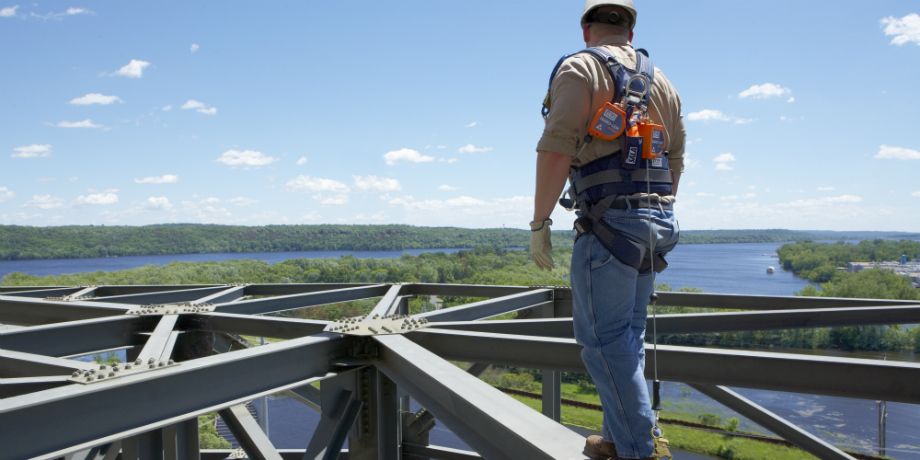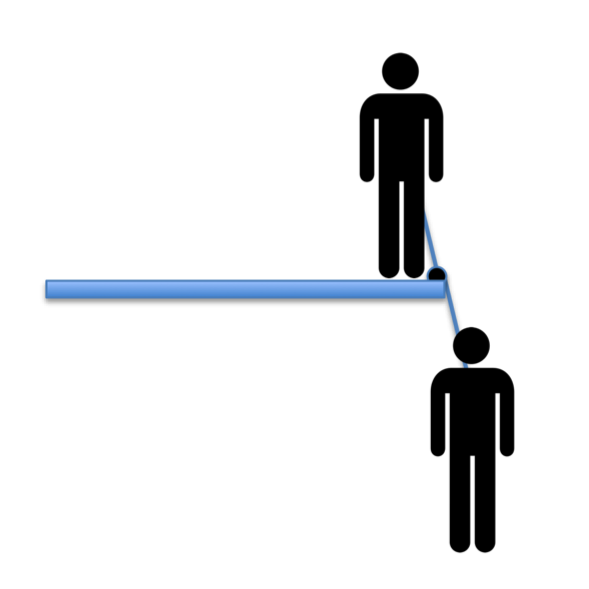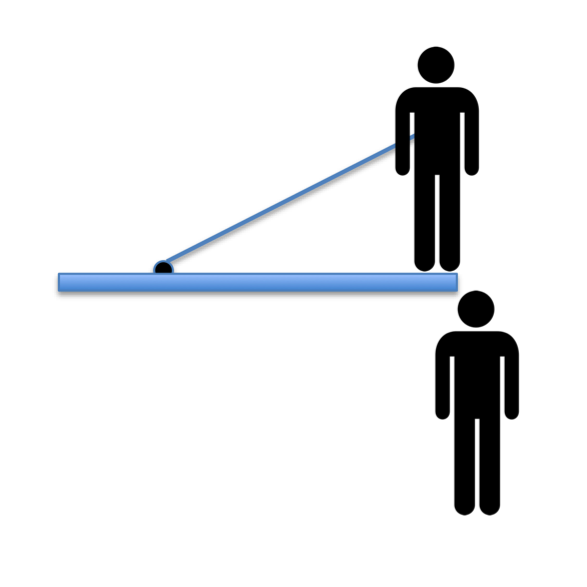
Leading edge and sharp edge work poses a series of unique risks for persons working at height. Many lifelines or fall arrest devices available do not necessarily address these increased risks. This exposes the users to potentially catastrophic consequences.
A leading edge is found for example, when laying decking or roof sheets. The fall arrest lanyard may be anchored at or near foot level and the user has the potential to fall over an edge. A sharp edge is an edge that is not rounded or is abrasive and has the potential to cut a lifeline in the case of a fall.
In many cases it is not practical to protect sharp edges or impossible to raise the height of the anchor point. Industry recognised that significant changes needed to be made to existing products to address these risks.
While the primary risk of sharp edge work is the chance of severing the lifeline, working at a leading edge poses its own set of unique difficulties and subsequent risks. Not only is the user exposed to increased fall distance and forces there is also an increased potential for swing hazards.
When working on decks or roofs anchoring is likely to be at foot level. The closer the anchor point to the leading edge the greater the likelihood that the user will fall over the edge. For example if the anchor is 3 metres from the edge the free fall distance will be almost 2 meters. When working with the lanyard anchored directly at your feet free fall may be up to 4 metres.

With the lanyard anchored directly at your feet free fall may be up to 4 metres depending on the lanyard length |

When the anchor is 3 metres from the edge the free fall distance will be almost 2 meters |
Through their testing and analysis, the American National Standards Institute (ANSI) confirmed that products not specifically designed for foot level tie-off will generate forces far exceeding accepted safety parameters. In 2012 ANSI introduced a new standard ANSI Z359.14 that has become a base level for testing SRL’s used for leading edge work.
